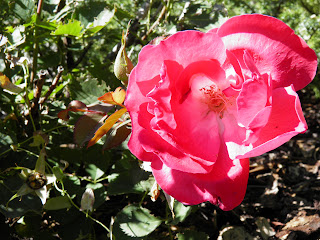If i went on a photography trip I would go to Hawaii. Hawaii has some of the most beautiful beaches, flowers, landscapes, and sunsets. I have been to Hawaii four times and it is one of my favorite places on earth.
I picked Hawaii because it is one of the most beautiful place on earth. There are many things you can photograph in Hawaii from landscapes to animals. Hawaii has beautiful beaches with aqua colored seas. It also has some of the most amazing sunsets. One of my favorite things to do there was watch the sunset. I love pictures of the ocean with the sunsetting in the background.
Hawaii also has many animals that we don't get to see everyday. Hawaii has many underwater animals such as sharks, whales, and sea turtle that are amazing creatures that we don't get to see here in Montana. I would enjoy taking pictures of humpback whales. They are amazing animals, and it's so much fun to see them up close, they are huge! I would also like to try underwater pictures. There are many unique fish and animals that live under sea with multitudes of colors. It would be fun to photograph all the different varieties of fish.
Hawaii also has volcanoes and waterfall! These make for amazing pictures! There is also beautiful vegetation in hawaii. They have some of the most unique flowers that are fun to take pictures of. It's also a fun place to vacation and enjoy the weather, especially in the winter.












